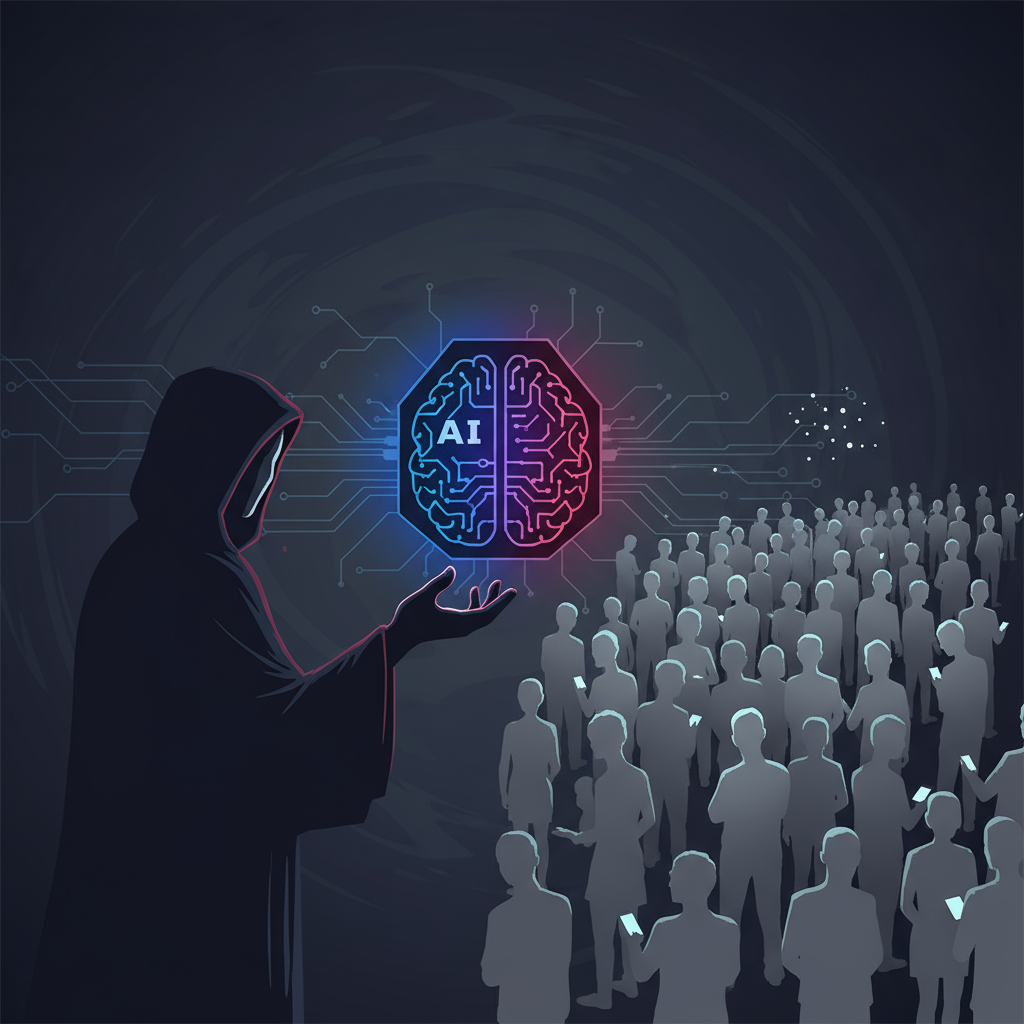The AI Paradox: Less Than 1% of Online Activity and Dark Traits at Play?
Artificial Intelligence. The term conjures images of sentient robots, revolutionary breakthroughs, and a future deeply intertwined with algorithms. We hear about AI everywhere – in the news, in tech conferences, and increasingly, in the products we use. It feels like AI is the undisputed heavyweight champion of technological advancement, a force rapidly reshaping our world. So, it might come as a surprising, even bewildering, revelation to learn that despite all this hype, a recent study suggests AI browsing accounts for less than 1% of our total online activity.
Yes, you read that right. Less than one percent. This statistic, stemming from a study highlighted on Reddit, throws a fascinating wrench into our perceptions of AI adoption. It begs the question: if AI is so transformative, why are most people barely touching it? And perhaps even more intriguing – who is using it, and what does that say about them?
The “AI Everywhere” Myth vs. Reality
Our digital landscapes are undeniably saturated with AI mentions. From smart assistants in our phones to recommendation engines on streaming platforms, AI works diligently behind the scenes. However, the study points to a crucial distinction: passive AI consumption versus active engagement. While AI powers many of the services we use daily, the act of actively seeking out and interacting with AI tools – like chatbots, image generators, or advanced research assistants – remains a niche activity for most internet users.
Think about your own online habits. How often do you specifically go to a generative AI website to create text or images? How often do you actively engage in an extended conversation with a chatbot beyond a simple query? For many, the answer is likely “rarely” or “never.” This isn’t to say AI isn’t impactful; it simply suggests that the broad consumer adoption of interactive AI tools is still in its infancy, lagging far behind the media narrative.
This gap between perception and reality highlights a significant challenge for AI developers and evangelists. If the promised utility and accessibility aren’t translating into widespread active use, what are the underlying reasons? Is it a matter of awareness, perceived value, or simply a comfort level with existing, non-AI solutions?
Unmasking the Power Users: The Role of Dark Personality Traits
Here’s where the study takes an unexpected and rather intriguing turn. Beyond the low overall usage, the research delved into the characteristics of those who *do* use AI more frequently. The findings suggest a correlation between higher AI usage and what are known as “dark personality traits.”
- Machiavellianism: Individuals high in Machiavellianism are often manipulative, strategic, and focused on self-interest. They see others as tools to achieve their goals. For such individuals, AI could be perceived as a powerful, unbiased tool to gain an advantage, streamline tasks, or even craft deceptive content.
- Narcissism: Narcissistic individuals exhibit grandiosity, a need for admiration, and a lack of empathy. AI, particularly generative AI, can be an excellent amplifier for their own ideas and image. Imagine using AI to craft the perfect social media post, generate flattering self-portraits, or even construct arguments that portray them in the best possible light.
- Psychopathy (Subclinical): While not referring to clinical psychopathy, subclinical psychopathic traits can include impulsivity, a lack of remorse, and a tendency toward antisocial behavior. Such individuals might leverage AI for less ethical purposes, perhaps generating fake reviews, crafting phishing emails, or even exploring ways to exploit systems – areas where AI can be a powerful, if ethically neutral, enabler.
This isn’t to say that everyone who uses AI frequently possesses these traits, nor that using AI causes these traits. Rather, it suggests a fascinating interplay where certain personality dimensions might lead individuals to be more drawn to, and proficient with, AI tools. The allure of efficiency, anonymity, and the potential for strategic advantage that AI offers could resonate strongly with these personality types.
This insight also opens up important ethical considerations for AI development and deployment. If AI disproportionately attracts users with these traits, what are the implications for how AI tools are designed, moderated, and used in society? It underlines the need for robust ethical frameworks and responsible design to mitigate potential misuse.
Bridging the Gap: What’s Next for AI Adoption?
The study’s findings present a complex picture. On one hand, the low active usage statistic indicates that AI, in its current interactive forms, hasn’t yet achieved widespread mainstream appeal. On the other, the correlation with dark personality traits suggests that for those who do engage, the motivations might be more complex than simple curiosity or a desire for efficiency.
So, how does AI move beyond this niche and into broader adoption? Perhaps it’s about better integration into existing workflows, making AI feel less like a separate tool and more like an invisible enhancement. Or maybe it’s simplifying interfaces, making AI interaction as intuitive as using a search engine.
Crucially, addressing the ethical dimension is paramount. As AI becomes more powerful, understanding the motivations of its most frequent users becomes vital. Developing AI responsibly means anticipating potential misuse and building safeguards, fostering a technological environment that benefits everyone, not just those with Machiavellian tendencies.
The Future is Nuanced
The journey of AI is far from over. This study serves as a valuable reality check, reminding us that hype often outpaces actual adoption. It also shines a spotlight on the intricate relationship between human psychology and technological engagement. As AI continues to evolve, understanding not just *what* it can do, but *who* uses it and *why*, will be crucial for navigating its trajectory and ensuring it serves humanity’s best interests. The future of AI might be less about a robotic takeover and more about a nuanced integration into the complex tapestry of human behavior.
